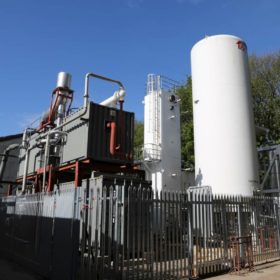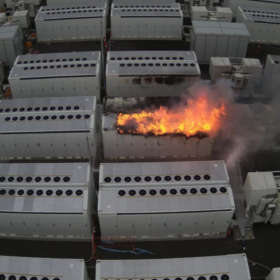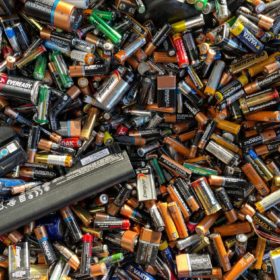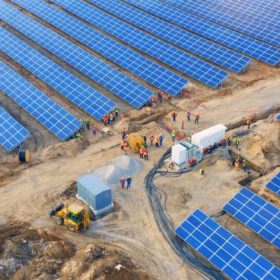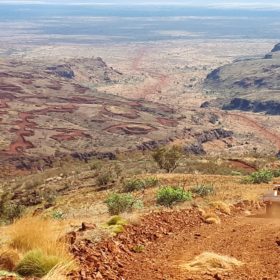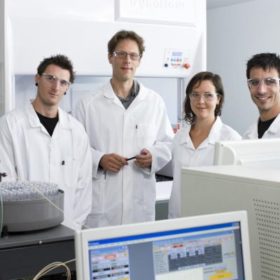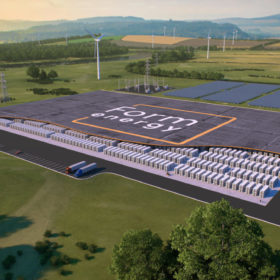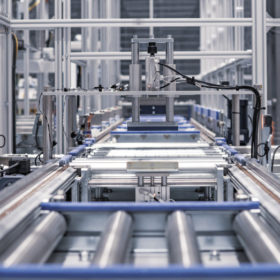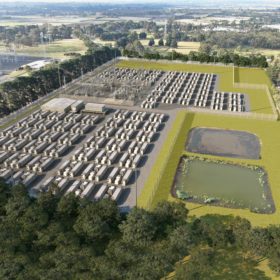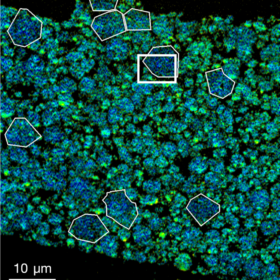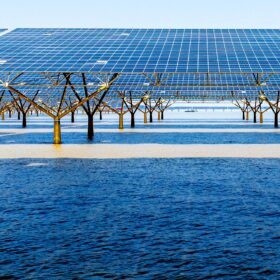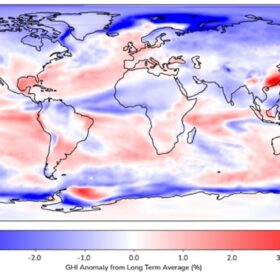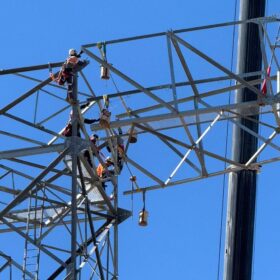A closer look at liquid air energy storage
A British-Australian research team has assessed the potential of liquid air energy storage (LAES) for large scale application. The scientists estimate that these systems may currently be built at a cost between €300 and €600 (AU$480 to $960) per megawatt-hour and that a positive business case could be favoured by certain conditions, including a determined price structure in the energy market and the presence of a grid unable to support high levels of renewable energy penetration.
Fire at Victorian Big Battery now under control
Speculation will be rife as to the cause of the fire which destroyed one Tesla Megapack and damaged another in Moorabool on Friday. Investigators are waiting until the site is deemed safe to begin their forensic examination.
Federal government launches Battery Stewardship Scheme
Assistant Minister for Waste Reduction and Environmental Management, Trevor Evans, has announced a newly accredited Battery Stewardship Scheme that he says will triple the battery collection rate over a period five years and divert 90% of the collected materials from landfill.
Mining giant unveils $73 million hybrid solar+storage project
Mining giant BHP has taken another step on the path towards a renewable energy future, commissioning a 48.2 MW solar + storage hybrid power facility that will help power its Nickel West mining operations in regional Western Australia.
NRW gets nod to build Rio Tinto solar+storage project
Mining giant Rio Tinto has tapped NRW Holdings to begin construction of a large-scale solar PV and battery energy storage system at the Anglo-Australian multinational’s $2.6 billion Gudai-Darri iron ore mine in Western Australia.
Aussie startup invents breakthrough non-toxic battery electrolyte that’s cheaper ‘by factor of 100’
It’s a breakthrough so staggeringly simple the patent office needed convincing it counted as an invention. In what Professor Thomas Nann jokingly told pv magazine Australia basically equates to adding dishwashing liquid and oil to water, he and two of his former PhD students have unlocked the potential of water-based electrolytes for batteries, promising a solution that is cheaper, easier to manufacture and non-toxic. The startup plans to initially use the formula in supercapacitors before exploring it in conjunction with redox flow batteries.
Multi-day iron-air batteries reach commercialization… at one tenth of the cost of lithium
Boston startup Form Energy has secured US$200 million (AU$270 million) Series D funding for the development of what is being called a breakthrough in energy storage.
Sunday read: Europe’s gigafactory boom – 25 by ‘25
A gigafactory, as the name indicates, is a facility that aims to produce Li-ion cells at a gigawatt-hours scale of total capacity, so they can then be used in electric vehicles or stationary storage applications. The global production capacity of Li-ion cells is expected to reach 740 GWh by the end of 2021 – almost a threefold increase from 2017 – and Europe will account for 8% of the total. João Coelho, an analyst at Delta-EE, looks at how Europe plans to catch up.
Maoneng make public plans for Mornington 240 MWp/480 MWh big battery
Australian renewable developer Maoneng has revealed details for its 240 MWp/480 MWh big battery proposed for Victoria’s Mornington Peninsula which has now opened for public exhibition.
Hold your breath for a better battery
Recent research has revealed a previously underestimated role for oxygen in limiting the performance of lithium-ion batteries. Newly published research from both Japan and the United States has sought to look deeper into the chemical reactions at the heart of lithium-ion storage; and to better characterise the cumulative effects that minuscule amounts of oxygen released during these reactions can have on battery performance and safety.
